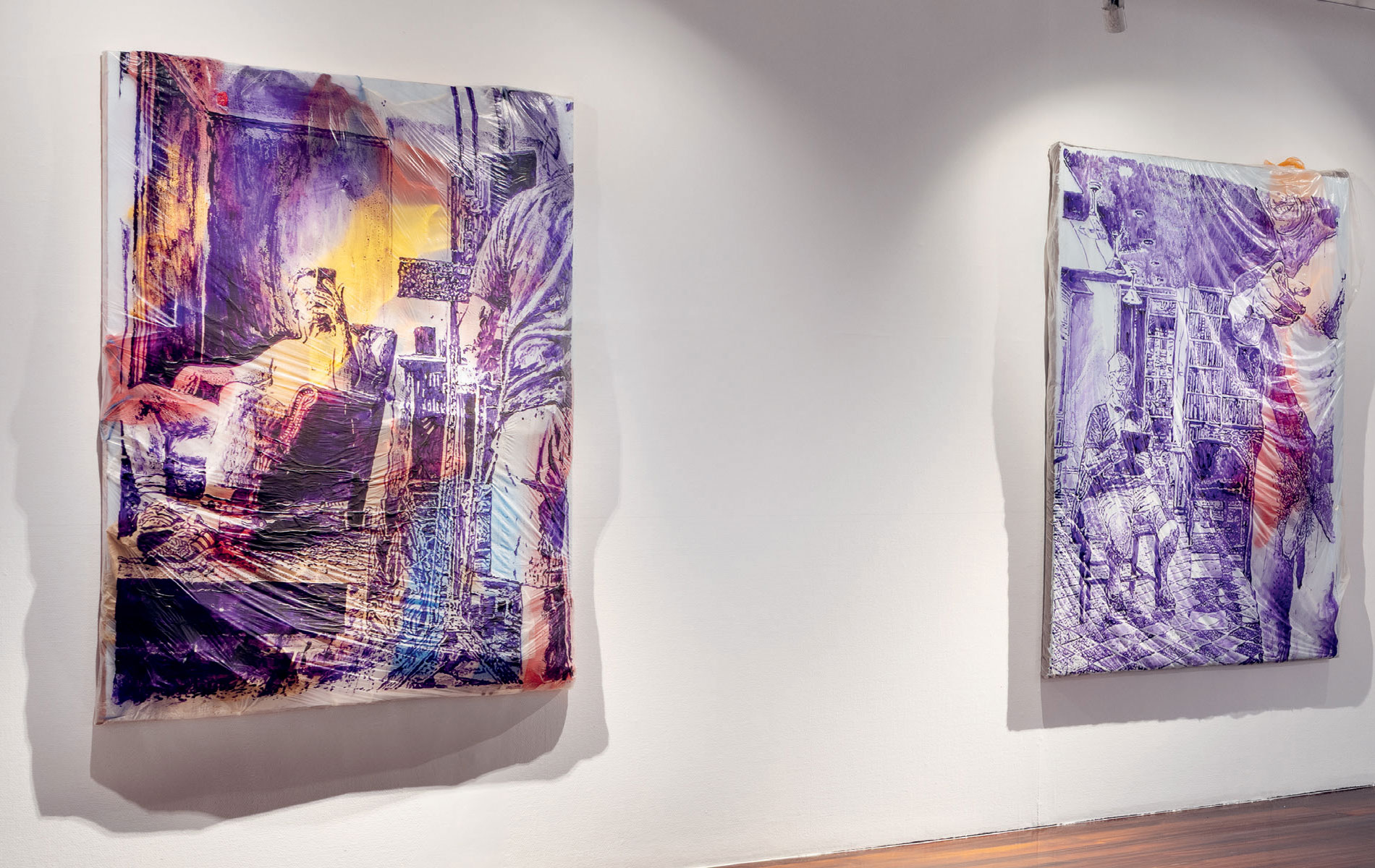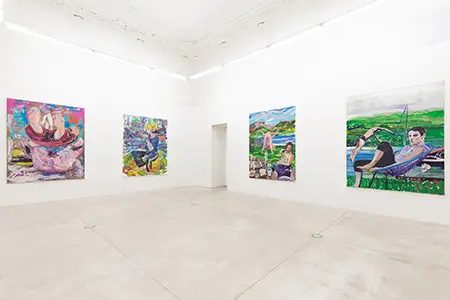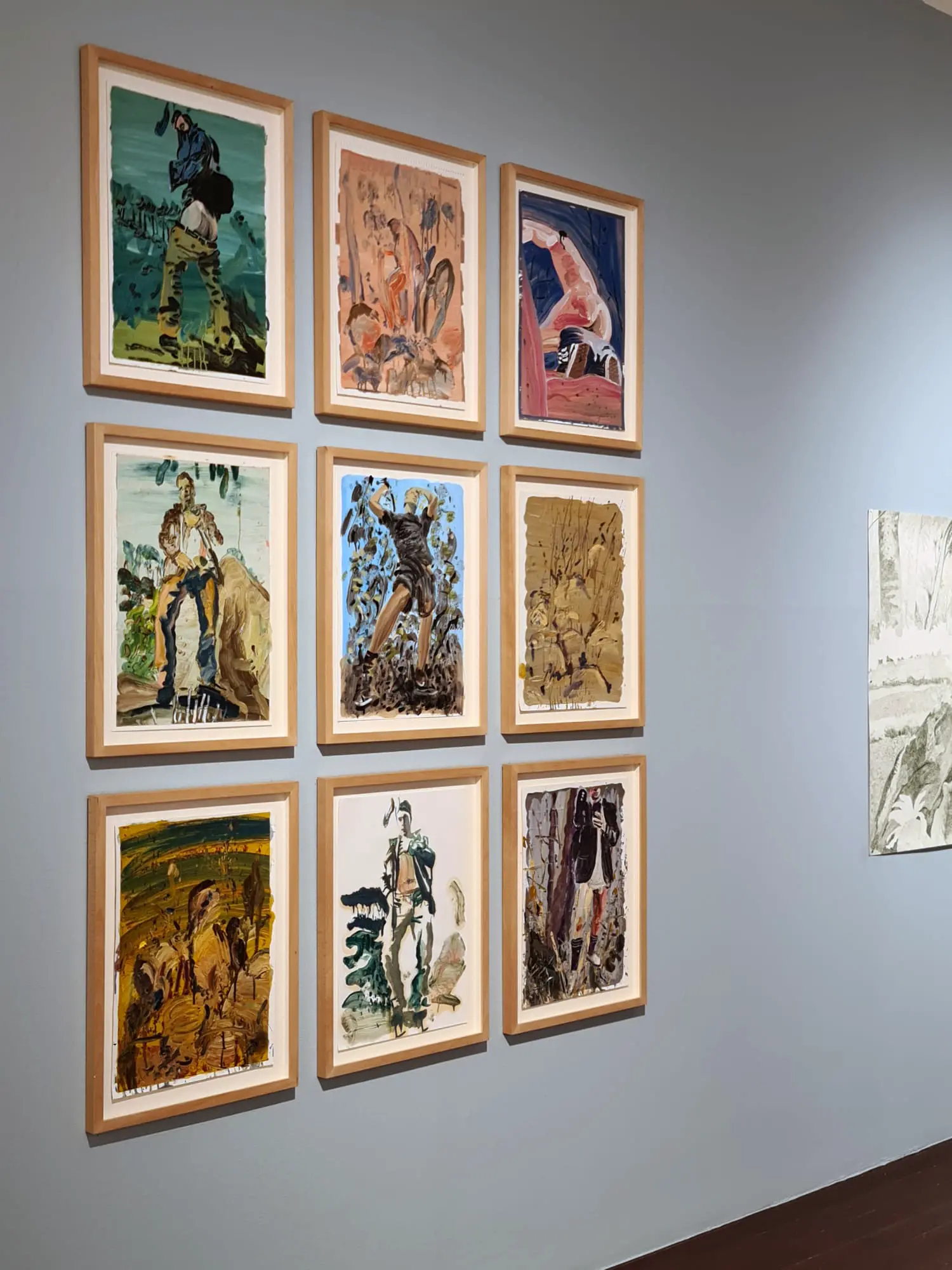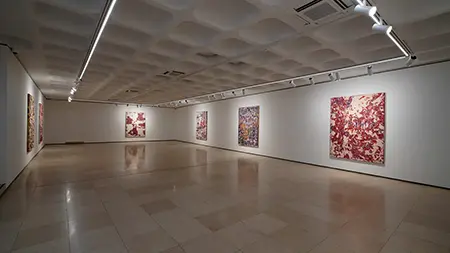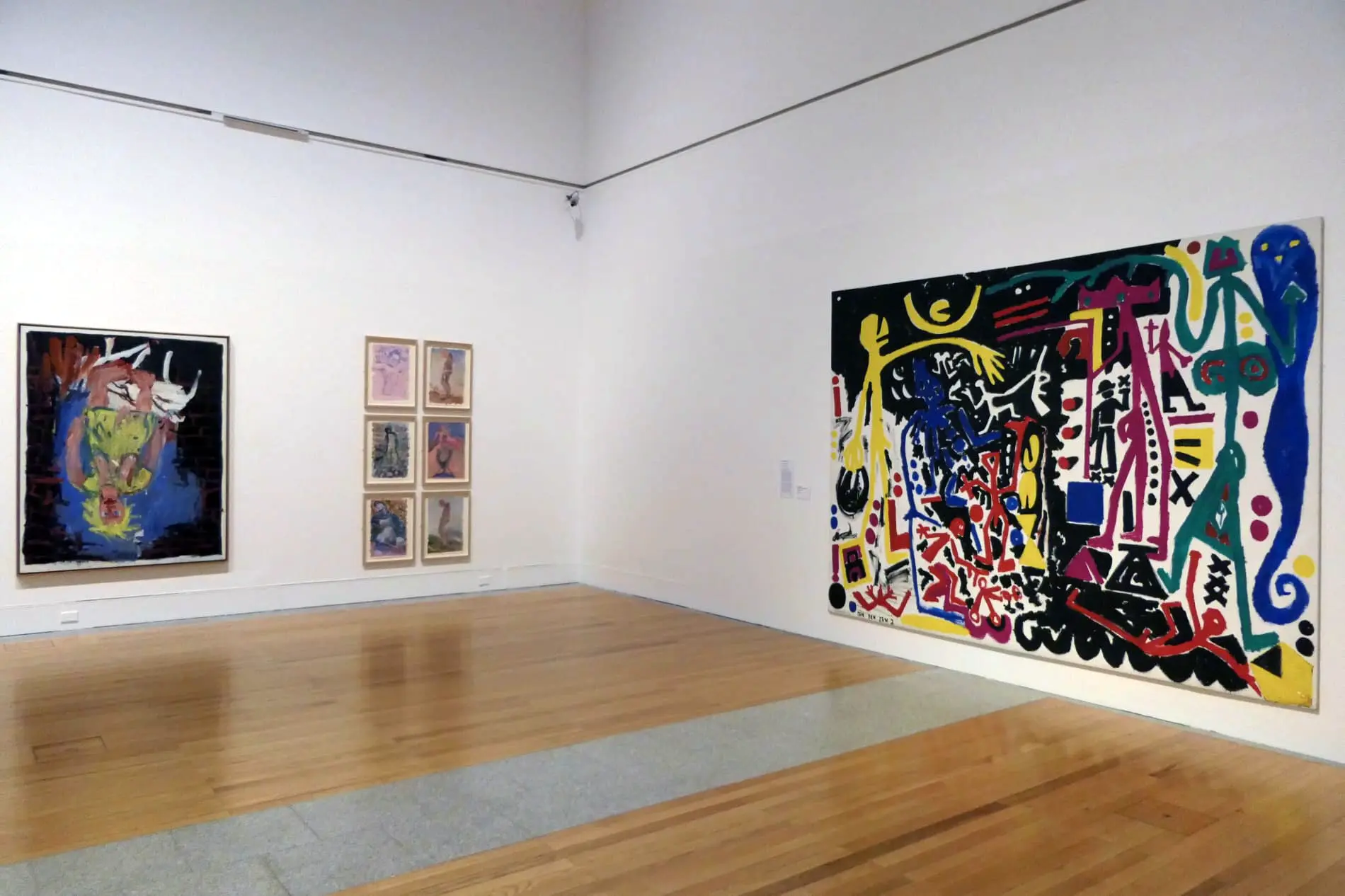PODERIA VÊ-LO A TRABALHAR O DIA TODO
16 MAI – 20 JUL 2025
Posing for Sue
30 June - 22 July 2023
OUTDOORS: PAINTINGS FOR A POST-PANDEMIC WORLD, RUI MIGUEL LEITÃO FERREIRA
4 MAR - 14 APR 2023
New Paintings from the Lake
26 JAN - 11 MAR 2023
VARIATION:A GROUP SHOW OF CONTEMPORARY ARTISTS
17 SEP - 22 OCT 2022
In the Kingdom of Clouds: Artists and the Invention of Sintra
28 MAY - 27 OCT 2021
Nem Vale Nem Montanha
19 MAY - 12 SET 2020
MALEREI IN DER GARAGE
Dec 2-21, 2019
Fuck the Digital
19 - 26 OCT 2019
Constelações: Uma Coreografia de Gestos Mínimos
11 APR - 22 SEP 2019
